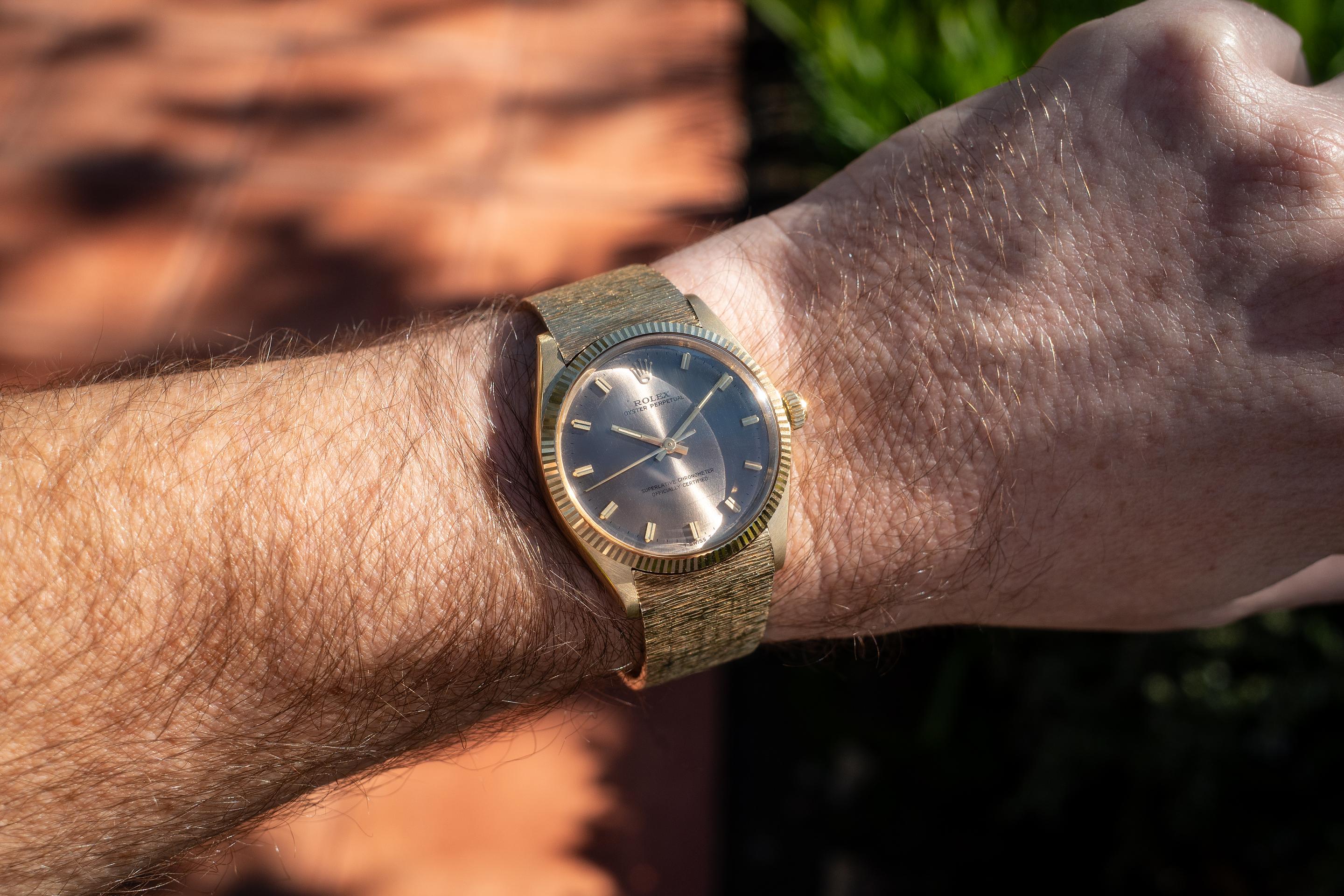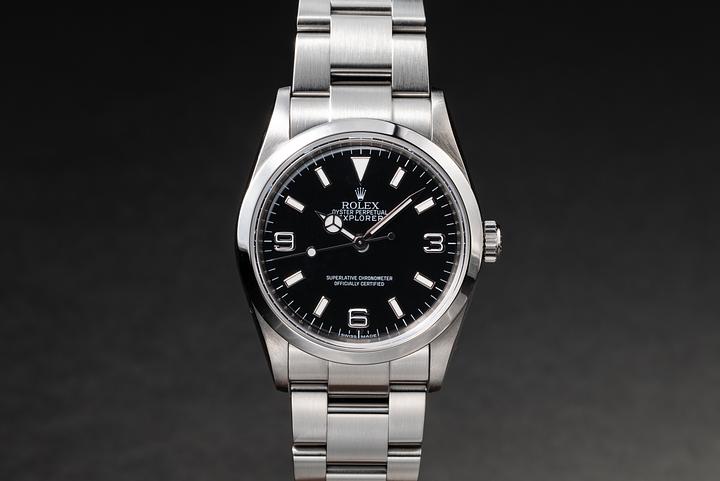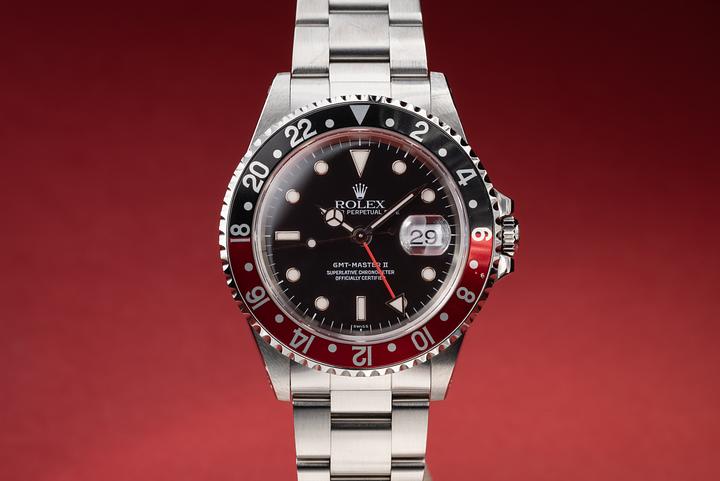Rolex Watch Sizes Guide: History, Purpose, and Precision

A Guide to Rolex Watch Sizes: The Evolution, Precision, and Purpose Behind Every Dimension
Rolex has always stood at the intersection of form and function. Ask any seasoned collector or budding enthusiast what sets the Geneva-based juggernaut apart, and they’ll inevitably mention precision, legacy, and design coherence. But nestled within those pillars lies an often overlooked but vital element: watch size. From the nuanced proportions of a 36mm Day-Date to the commanding wrist presence of a 44mm Deepsea, Rolex watch sizes are deliberate, precise, and deeply tied to the brand’s functional identity. This guide explores the evolution, purpose, and facts behind Rolex case sizes across its major collections, grounded firmly in the context of Swiss watchmaking tradition.
A Brief History of Rolex Sizing Philosophies
Understanding Rolex watch sizes begins with tracing their historical context. Founded in 1905 and headquartered in Geneva since 1919, Rolex played an instrumental role in shaping modern wristwatch standards. But throughout its history, the brand has adhered to purposeful minimalism. During much of the 20th century, Rolex maintained a sizing approach that prioritized wearability and utilitarian relevance. The Oyster Perpetual, Datejust, and Day-Date often remained within the 34mm to 36mm range—dimensions that harmonized with the sartorial expectations of the time.
As horological preferences evolved in the late 20th and early 21st centuries, Rolex scaled its case dimensions carefully, never aggressively chasing market trends. Instead, the brand sized up with intention. The introduction of larger sports models, the refinement of professional tool watches, and the push for versatility in unisex designs were all calculated choices—not reactive ones. Today, Rolex maintains one of the most logically structured lineups in terms of dimensions, ensuring that each size directly aligns with the watch’s purpose and provenance.
The Core Standards: Oyster Perpetual, Datejust, and Day-Date
The Oyster case is the foundation of Rolex’s aesthetic and structural language. The Oyster Perpetual, a study in restrained horology, is offered in sizes of 28mm, 31mm, 34mm, 36mm, and 41mm. This gradual scaling promotes inclusivity without compromising proportion. The 36mm variant, in particular, has emerged as a timeless sweet spot—a size suitable for nearly every wrist without sacrificing visual balance.
The Datejust and Day-Date collections, arguably Rolex’s most iconic dress models, follow a similar cadence. While recent decades have seen the introduction of 41mm references (most notably the Datejust 41 and Day-Date 40), the classic 36mm remains not only in production but acutely popular. This speaks to Rolex’s understanding of ergonomic fidelity. A 36mm case, especially with fluted bezels and Jubilee bracelets, reflects both historical reverence and modern wearability. By offering multiple sizes across these cornerstone models, Rolex gives collectors a degree of personalization without compromising the essence of each watch.
Tool Watch Engineering: Submariner, Explorer, GMT-Master II
Rolex built its professional watch lineup with function at the forefront—and the case sizes tell that story uncompromisingly. The Submariner, originally released in 1953, stood at 40mm for decades. In 2020, Rolex subtly adjusted the case to 41mm, enhancing bracelet integration and bezel symmetry without affecting the model’s recognizability. This measured change reinforces Rolex’s long-held belief that size increases should support—rather than overshadow—a watch’s purpose.
The Explorer tells another tale of dimension and intention. The original Explorer I was famously worn during the 1953 Everest expedition and measured 36mm. In 2021, Rolex reintroduced the Explorer in its original 36mm form at a time when most luxury watch makers favored larger silhouettes. A quiet declaration of confidence, the reissue suggests Rolex views the 36mm format not as outdated—but ideal. Meanwhile, the Explorer II, designed for spelunkers and adventurers, has consistently held to a more robust 42mm case to accommodate enhanced legibility and dual time zone tracking.
The GMT-Master II, engineered initially for pilots and transatlantic travelers, stabilizes at 40mm, a size that balances its dual functionality with day-to-day practicality. Through these models, Rolex expresses a clear message: case size is not a stylistic flourish but a tool—a component of utility engineering matched to a professional's needs.
The Statement Makers: Yacht-Master, Sea-Dweller, and Deepsea
Within Rolex’s sports portfolio exist models designed to command attention. The Yacht-Master line offers 37mm, 40mm, and 42mm options, each tailored for active lifestyles with varied wrist dimensions. The 42mm Yacht-Master in white gold, for example, leans into luxury nautical presence without sacrificing refinement, reflecting a strategic merger of aesthetics and seaworthiness.
The Sea-Dweller and Deepsea exist in their own engineering league. The Sea-Dweller (43mm) and Deepsea (44mm) were created not for boardrooms but for the ocean’s abyss. This size escalation is mandatory, not arbitrary—each millimeter supporting advanced pressure resistance, greater helium escape valve functionality, and structural strength for saturation divers operating thousands of meters under sea level. These are watches that wear their size as a badge of technological triumph.
Rolex’s integration of cutting-edge materials, including Oystersteel and Cerachrom bezels, ensures that even the largest cases maintain proportionate elegance. Despite their scale, these models remain ergonomic and balanced, defying the misconception that larger Rolex watches must sacrifice comfort or visual symmetry.
The Cosmograph Daytona and Sky-Dweller: Complication-Driven Dimensions
Rolex complicates case sizing with design efficiency. The Cosmograph Daytona—perhaps the most sought-after chronograph in the world—manages to contain its high-beat chronograph movement within a 40mm Oyster case. It is a marvel of proportion, offering symmetry, scale, and utility in a size that neither overstates nor underwhelms. Its presence is iconic but never overbearing.
The Sky-Dweller, Rolex’s most complex watch with an annual calendar and dual time zone function, was long available solely in 42mm—a necessity given the movement’s architecture. In 2023, Rolex released a 42mm titanium Sky-Dweller in RLX Titanium, reducing overall weight and increasing wearability. This size accommodates the Saros calendar module while maintaining Rolex’s ethos of visual harmony.
With these models, Rolex makes a subtle yet significant point: functionality is a spatial reality. The space required for a complication will determine the case, not marketing strategies or trends. And once again, ergonomics remain essential. Even the heftiest Sky-Dweller is a wrist instrument—not just a statement.
Final Thoughts: Rolex Sizes as an Extension of Purpose
The enduring relevance of Rolex sizing lies in its restraint and foresight. While many brands chase novelty through radical dimensional shifts, Rolex positions size as a function of need—dictated by application, not aesthetics. There is clarity here: smaller sizes offer heritage-rich elegance; mid-size sports models deliver versatile power; larger options exist to meet defined technical challenges.
This measured philosophy is a reflection of Swiss watchmaking at its highest level, where engineering, ergonomics, proportion, and purpose intersect. In Rolex watch sizes, nothing is arbitrary. Every millimeter is made to matter—and that makes all the difference.




